By Bob Hicks
On Saturday night, tucked between a Friday night chocolate truffle-making soiree and a groaningly good Sunday night dim sum dinner (the Scatters bought places at both convivial tables last month at the estimable Portland Taiko‘s annual benefit banquet) Mr. Scatter trekked to the studios of Polaris Dance Theatre for another benefit fund-raising event.
 This time he was working, covering the event for The Oregonian, and it turned out to be remarkable — well worth twisting and ducking twelve blocks through the crowds and police blockades for the Rose Festival’s Starlight Parade. Mr. Scatter does not know if Ivory floats, but pretty much everything else in downtown Portland was either riding a float or watching from the sidewalk as the floats floated by.
This time he was working, covering the event for The Oregonian, and it turned out to be remarkable — well worth twisting and ducking twelve blocks through the crowds and police blockades for the Rose Festival’s Starlight Parade. Mr. Scatter does not know if Ivory floats, but pretty much everything else in downtown Portland was either riding a float or watching from the sidewalk as the floats floated by.
The benefit was to support Polaris’s All Access program, which teaches dance to all sorts of people who wouldn’t ordinarily think of dancing: think wheelchairs, paralysis, Down’s Syndrome. A lot of those students performed during the party, and it was eye-opening. Keep an eye out for the extraordinary Wobbly Dance. Read about it here in Oregon Live.
*
DON’T MISS Marty Hughley’s terrific profile of actor Anthony Heald in Sunday’s Oregonian.
 Heald, the Broadway and Hollywood vet who gave it up to move to Ashland and join the acting company at the Oregon Shakespeare Festival, tells what prompted him to make the leap into relative obscurity, and why he’s happy as a clam about it. Heald is getting ready to open as Shylock in the festival’s new production of The Merchant of Venice. Interesting side note Marty dug up: Heald is the first Jewish actor ever to play the role on the festival stage.
Heald, the Broadway and Hollywood vet who gave it up to move to Ashland and join the acting company at the Oregon Shakespeare Festival, tells what prompted him to make the leap into relative obscurity, and why he’s happy as a clam about it. Heald is getting ready to open as Shylock in the festival’s new production of The Merchant of Venice. Interesting side note Marty dug up: Heald is the first Jewish actor ever to play the role on the festival stage.
*
AND DO CATCH local beer baron and Scatter friend John Foyston’s review of K.B. Dixon’s slim novel A Painter’s Life, also from the Sunday O.
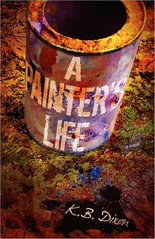 Between epic motorcycle trips and learned sessions with master brewers, Foyston’s been known to paint up a modest storm of his own. And Ken Dixon, who in the great long-ago wrote an occasional witty and perceptive art review for Mr. Scatter at a Large and Important Daily Publication, is a writer with a singular miniaturist approach to the puzzle of the written word. His books are wry and elegant, carefully measured for precise effect, and they maintain a sly satiric distance. At a time when the art world sometimes seems nearly strangled in a tangle of theory and jargon, even the name of Dixon’s artist-hero seems perfectly chosen: Christopher Freeze.
Between epic motorcycle trips and learned sessions with master brewers, Foyston’s been known to paint up a modest storm of his own. And Ken Dixon, who in the great long-ago wrote an occasional witty and perceptive art review for Mr. Scatter at a Large and Important Daily Publication, is a writer with a singular miniaturist approach to the puzzle of the written word. His books are wry and elegant, carefully measured for precise effect, and they maintain a sly satiric distance. At a time when the art world sometimes seems nearly strangled in a tangle of theory and jargon, even the name of Dixon’s artist-hero seems perfectly chosen: Christopher Freeze.
*
ILLUSTRATIONS, from top:
— All Access performers from Polaris Dance Theatre’s “Simple Pleasures” program.
— Anthony Heald as Shylock in “The Merchant of Venice.” Photo: Jenny Graham/Oregon Shakespeare Festival/2010
— K.B. Dixon’s “A Painters Life,” Inkwater Press


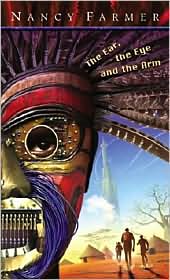 Felix/Martha and I have been studying up on all the books that are going to be used in his division this year for the
Felix/Martha and I have been studying up on all the books that are going to be used in his division this year for the 
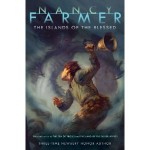 When The Large Smelly Boys bicker in the car, I hit play and they magically silence before the almighty audio book. Nancy Farmer, god bless her. Past summers we plowed through her The Sea of Trolls and The Land of the Silver Apples. Just to be safe, we have along her The Islands of the Blessed on iPod, CD and hard copy. Thank heavens, because we’ve used all of them. In less than a week, the hard copy was devoured by two members of the Scatter Family.
When The Large Smelly Boys bicker in the car, I hit play and they magically silence before the almighty audio book. Nancy Farmer, god bless her. Past summers we plowed through her The Sea of Trolls and The Land of the Silver Apples. Just to be safe, we have along her The Islands of the Blessed on iPod, CD and hard copy. Thank heavens, because we’ve used all of them. In less than a week, the hard copy was devoured by two members of the Scatter Family.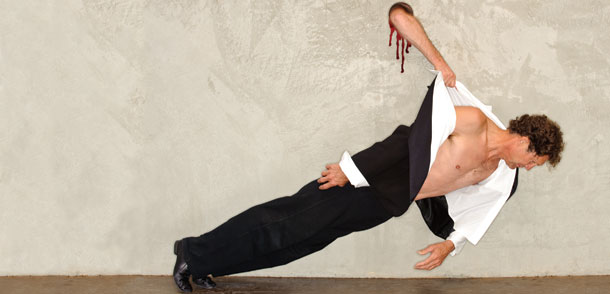
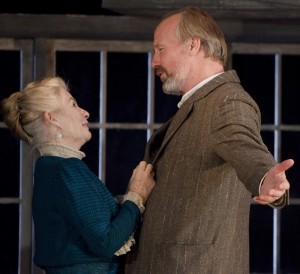 I think of this because the big deal in Puddletown this weekend is Saturday night’s opening of
I think of this because the big deal in Puddletown this weekend is Saturday night’s opening of  Jesse Kornbluth, editor of
Jesse Kornbluth, editor of  As Kornbluth explains it:
As Kornbluth explains it: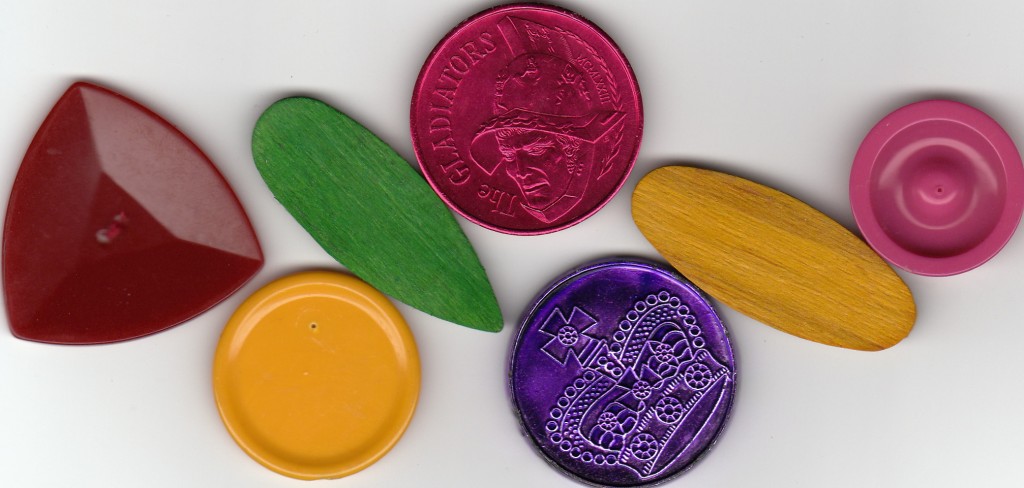
 This time he was working, covering the event for The Oregonian, and it turned out to be remarkable — well worth twisting and ducking twelve blocks through the crowds and police blockades for the Rose Festival’s
This time he was working, covering the event for The Oregonian, and it turned out to be remarkable — well worth twisting and ducking twelve blocks through the crowds and police blockades for the Rose Festival’s  Heald, the Broadway and Hollywood vet who gave it up to move to Ashland and join the acting company at the
Heald, the Broadway and Hollywood vet who gave it up to move to Ashland and join the acting company at the  Between epic motorcycle trips and learned sessions with master brewers, Foyston’s been known to paint up a modest storm of his own. And Ken Dixon, who in the great long-ago wrote an occasional witty and perceptive art review for Mr. Scatter at a Large and Important Daily Publication, is a writer with a singular miniaturist approach to the puzzle of the written word. His books are wry and elegant, carefully measured for precise effect, and they maintain a sly satiric distance. At a time when the art world sometimes seems nearly strangled in a tangle of theory and jargon, even the name of Dixon’s artist-hero seems perfectly chosen: Christopher Freeze.
Between epic motorcycle trips and learned sessions with master brewers, Foyston’s been known to paint up a modest storm of his own. And Ken Dixon, who in the great long-ago wrote an occasional witty and perceptive art review for Mr. Scatter at a Large and Important Daily Publication, is a writer with a singular miniaturist approach to the puzzle of the written word. His books are wry and elegant, carefully measured for precise effect, and they maintain a sly satiric distance. At a time when the art world sometimes seems nearly strangled in a tangle of theory and jargon, even the name of Dixon’s artist-hero seems perfectly chosen: Christopher Freeze.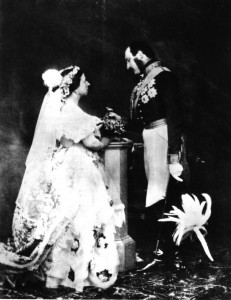 Victoria & Albert: Art and Love
Victoria & Albert: Art and Love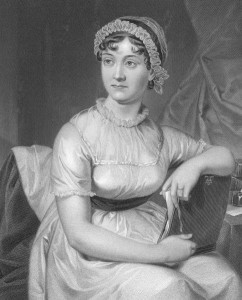 Both works, as the
Both works, as the  Austen’s comedies may be the most precise and practical romances ever written. Obsessed with the often foolishly claustrophobic concerns of a narrow slice of self-satisfied society, they’re also worldly. Within the confines of that small society she discovers a measured universe of human possibility, from the perfidious to the noble. And she does it with one of the slyest, keenest raised eyebrows in all of literature.
Austen’s comedies may be the most precise and practical romances ever written. Obsessed with the often foolishly claustrophobic concerns of a narrow slice of self-satisfied society, they’re also worldly. Within the confines of that small society she discovers a measured universe of human possibility, from the perfidious to the noble. And she does it with one of the slyest, keenest raised eyebrows in all of literature.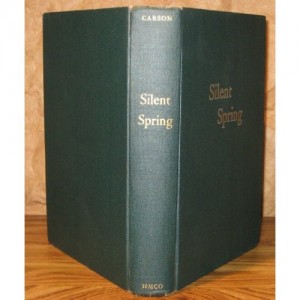 I put my bag on the floor and moved a portable potty out of the way to give her a sideways hug.
I put my bag on the floor and moved a portable potty out of the way to give her a sideways hug.